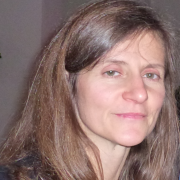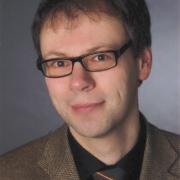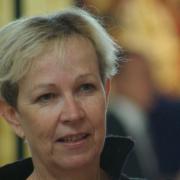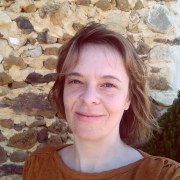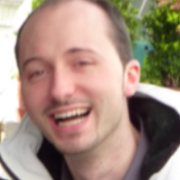Working with audiences with specific needs: how and why?
How to work with audiences with specific needs and develop an offer in line with their expectations? How can these cooperations bring more to science centres and museums than higher visitor numbers from a more diverse audience?
Participants are invited to take part in a role play. Four different case studies will be briefly introduced, after which attendees will be retracing the steps taken by these four museums and science centres, and think about programme, timescale and other challenges encountered on this collaborative "design for all" journey.
We will be offering both an emotional and a practical approach, aiming to challenge attitudes and to critically question the choices and changes that museum and science centre will need to make in this area.
Session speakers
Theory is easy: Inclusion is a must and cooperation is the way to achieve it. Getting real is much harder. As a starting point for changing DASA’s permanent exhibition, we looked for successful examples for improving accessibility in Ruhr area muse-ums. What lessons can be learned? And what goals are realistic: Will we just meet the claims of different groups? Or can we create a surplus value for all visitors by cooperating with those with special needs?
Palais de la decouverte accessibilty (Universcience)
Work with under-represented audiences started in 2003 at the Cite des Sciences. With others cultural venues they created a network from scratch, developing new tools to engage different audiences and communities. 4 years ago Palais de la découverte benefited from that same network but with new challenges in a science centre based on oral transmission. It enhances visitor’s focus and engagement: playing with architecture, mixing visit with art museum, adapting the visit around every days science
Directrice des Editions et Transmédia - Digital director
As part of the Information Age gallery offer, Science Museum in London has developed AudioEyes; an App created with and for blind and partially sighted audiences.AudioEyes allows individual exploration and access to content on demand using ibeacon technology.But the App development is not a technological story.The project, focussed on understanding needs, started with getting the audience in and letting have a say on where the project was going.The result is different than anything we have made.
The Italian Science Center “Immaginario Scientifico” in Trieste proposes activities to people with severe disabilities (physical or cognitive) which might force to go outside the museum structure. In planning these activities we found that a strong synergy between the know-how and the personalities of the working team plays a key-role. The road map followed and the experience made in designing these activities will be share to the audience using concrete examples.

